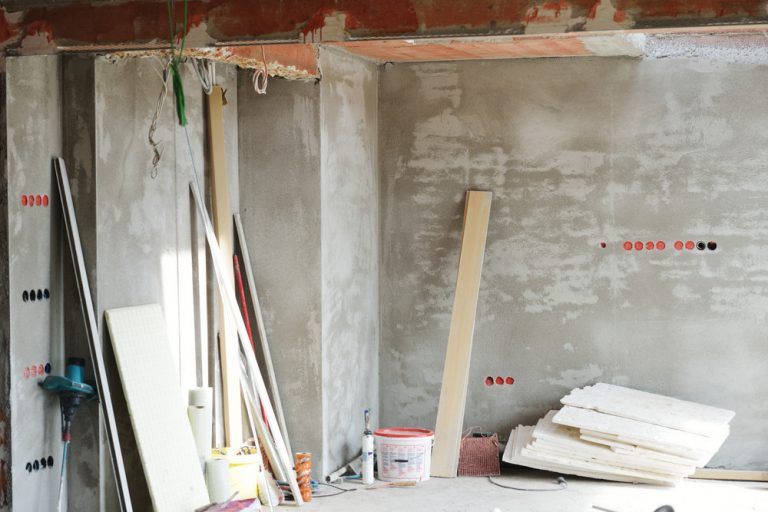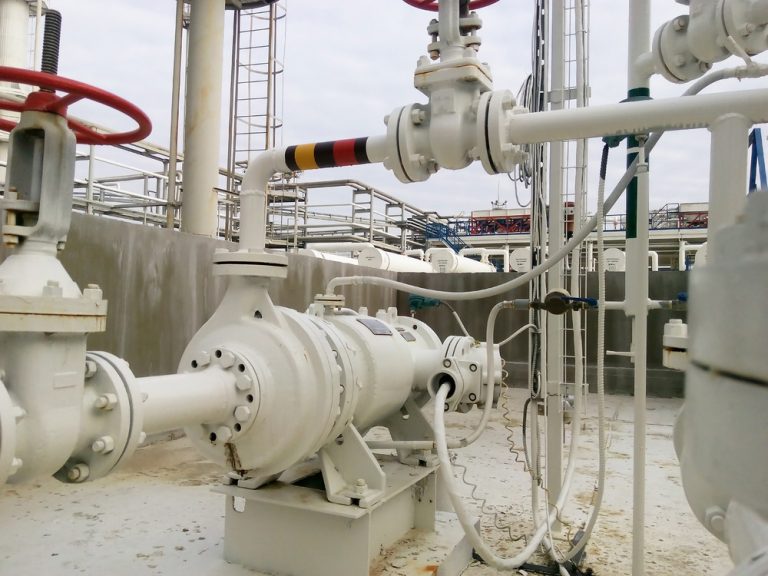
Colder weather is right around the corner. But while snow and ice damage are typically more common when it comes to roofing repairs, hail brings its own fair share of problems.
From broken shingles to granule loss, your average hail storm can pack a serious punch. But just what kind of damage can hail storms cause to your roof and how can you tell if your roof has been damaged?
Here we’ve compiled the most common types of hail damage to roofs and how you can tell when it’s time for a hail resistant roofing repair.
What are the most common types of hail damage?
When you think of hail damage, your first thought may be a few broken shingles here and there across your roof. But hail can actually cause far much more damage than a broken shingle. In fact, the most common types of hail damage include:
- Fractured fiberglass mat. A fractured fiberglass mat can cause tears radiating out from the points of hail impact. Hidden damage in the mat can also develop later on into cracks and tears. Fractured fiberglass mats are easily visible.
- Granule-asphalt surfacing cracks. These cracks may radiate outward from points of hail impact and are often present if high winds blew any of your roofing shingles back.
- Exposed fiberglass mat. If hail shattered your roof’s granule-asphalt surfacing and caused it to break away, your fiberglass mat will be exposed and could become fractured.
- Self-seal strip loosening. Like a fractured fiberglass mat, a loosened self-seal strip may be immediately visible. A loose self-seal strip can weaken the seal integrity and may result in a potential shingle blow-off.
- Granule loss. At the points of hail impact, your shingles may have granule loss and surface depression. Granule loss is a major problem because it exposes your shingles’ asphalt coating to the elements and can lead to accelerated shingle aging.
What do I do if I suspect hail damage?
You may be able to spot hail damage on your roof by standing outside and looking up at the front of your house. Problems such as an exposed fiberglass mat and granule loss may be visible.
However, if you can’t determine your roofing damage on your own, consider contacting a roof restoration company to inspect and repair the damage.
Looking for a roof restoration company?
When it comes to weather conditions like hail, you want storm resistant roofing on your home. According to the NOAA’s Severe Storms database, up to 4,610 major hail storms occurred in 2018 alone.
Whether you need roof repairs or roofing inspections, the roof restoration company of All Things New Roofing and Restoration has what you need to get the job done. For more information about our roof repairs and services, contact All Things New today.






